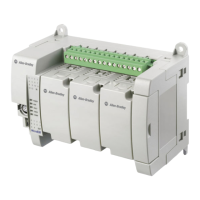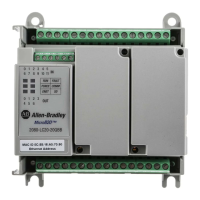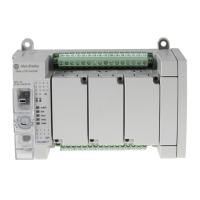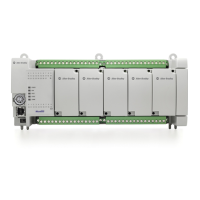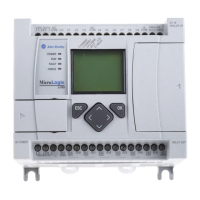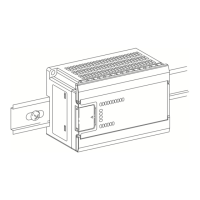326 Rockwell Automation Publication 2080-UM002K-EN-E - March 2019
Appendix F PID Function Blocks
Troubleshooting an
Autotune Process
You can tell what is going on behind the autotune process from the sequences of
control output. Here are some known sequences of control output and what it
means if autotune fails. For the ease of illustrating the sequence of control output,
we define:
Load: 50
Step: 20
PID Application Example
The illustration above shows a basic water level control system, to maintain a
preset water level in the tank. A solenoid valve is used to control incoming water,
filling the tank at a preset rate. Similarly, outflowing water is controlled at a
measureable rate.
Output Sequence 1: 50 -> 70 -> 30
Sequence Condition Autotune Result Action for Autotune Fail
Process value reached 'first peak' and
'second' peak in time
Likely successful NA
Output Sequence 2: 50 -> 70 -> 50
Sequence Condition Autotune Result Action for Autotune Fail
Process value not able to reach
'first peak'
Likely unsuccessful Reduce Deviation or Increase Step
Output Sequence 3: 50 -> 70 -> 30 -> 50
Sequence Condition Autotune Result Action for Autotune Fail
Process value not able to reach
second peak
Likely unsuccessful Increase Deviation or increase Step
Output Sequence 4: 50 -> 70
Sequence Condition Autotune Result Action for Autotune Fail
Process value not able to reach First
peak in time
Likely unsuccessful Increase ATDynamSet
Water In
Water Level
Tank
Water Out
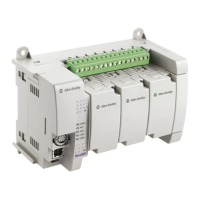
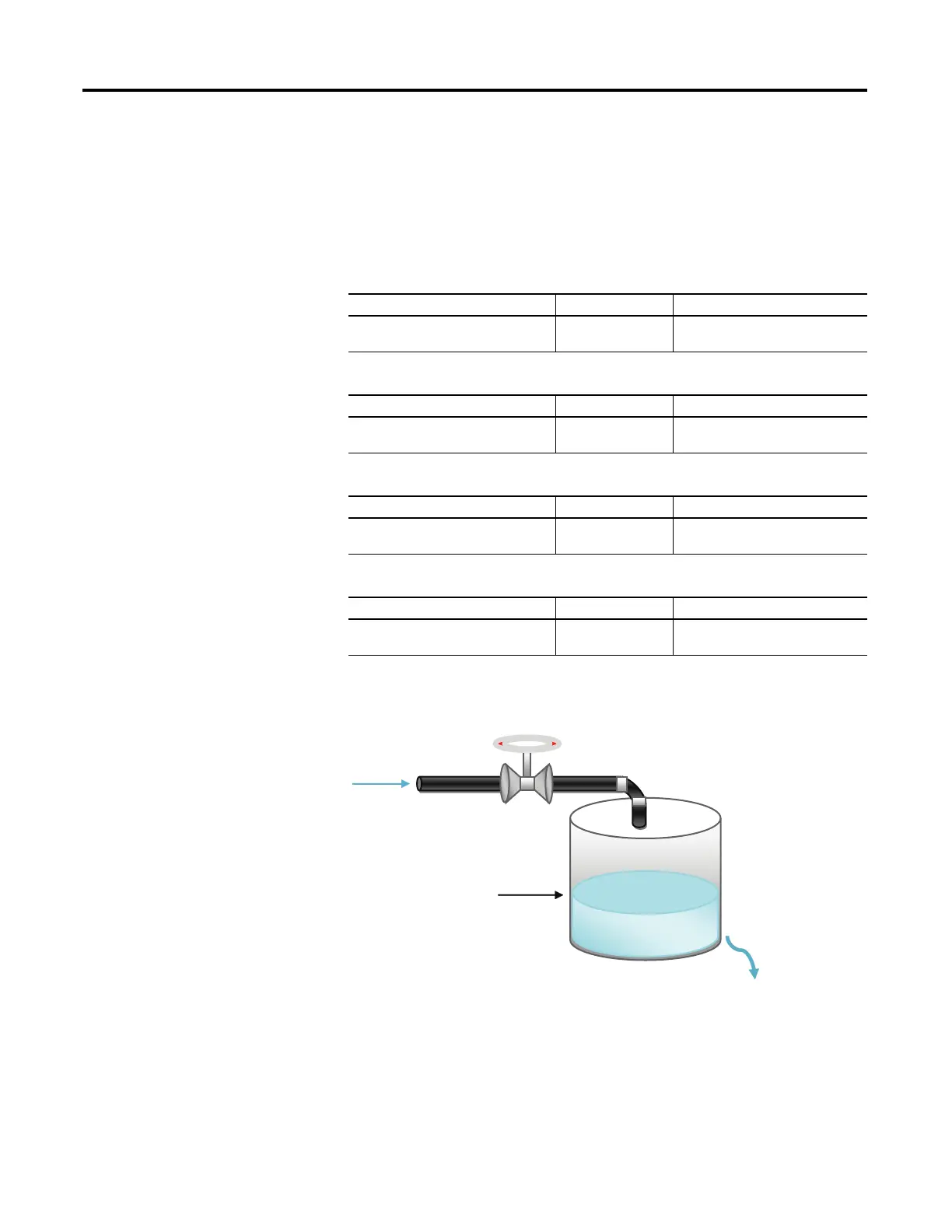